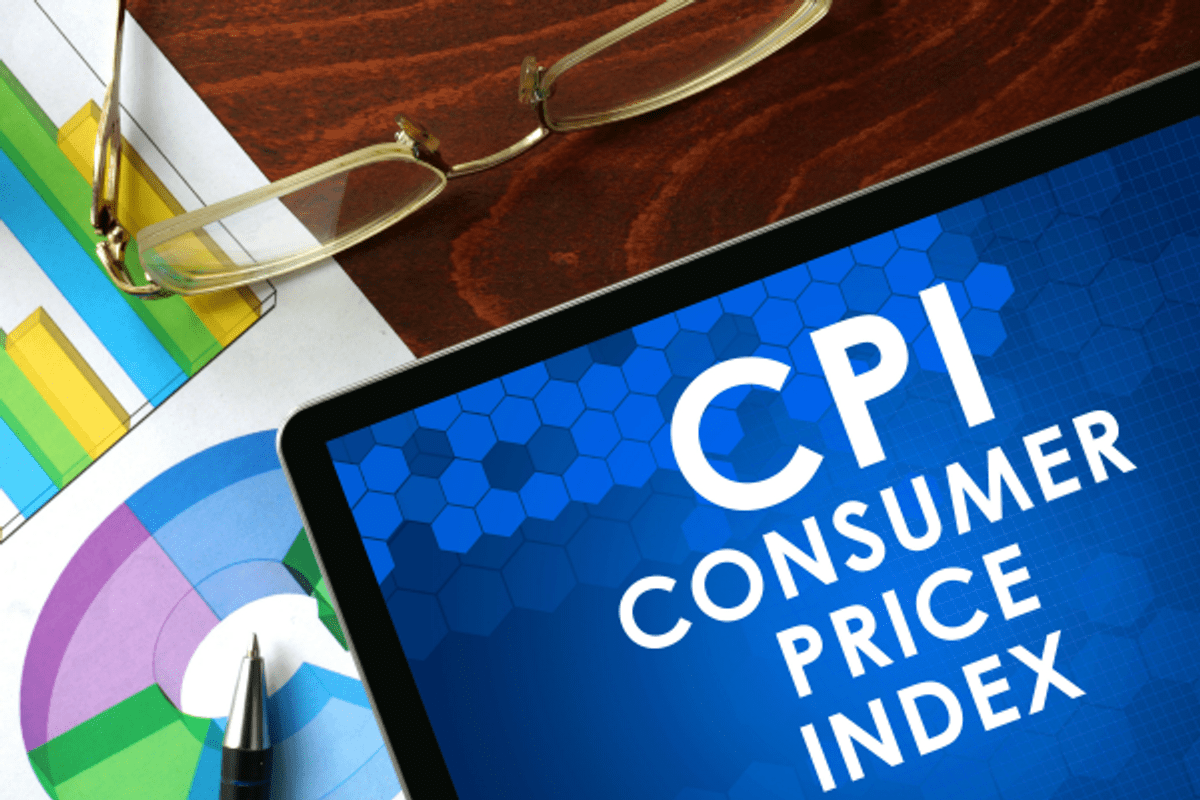Kavan Choksi / カヴァン・ チョクシ Provides an Introduction to the Consumer Price Index (CPI)

The Consumer Price Index (CPI) measures the price change in a weighted basket of goods and services over time. Kavan Choksi / カヴァン・チョクシ mentions that this basket is a representative of the spending habits of the majority of urban consumers and includes an expansive array of items, starting from the cost of medical care and food to transportation services. The CPI serves as an important tool for consumers, businesses, investors and policymakers. By keeping an eye on it, they are able to effectively assess the state of the economy and make well-informed decisions.
Kavan Choksi / カヴァン・チョクシ offers an insight into the Consumer Price Index (CPI)
The Consumer Price Index (CPI) records the price of a wide range of goods and services in a country to keep track of inflation. It provides an overall snapshot of the expenses incurred by consumers to maintain their standard of living, and is among the most commonly used tool for identifying periods of economic inflation or deflation.
The monthly CPI report contains two key inflation numbers, which includes:
- Month-over-month price changes: This figure shows the changes in the prices relative to the prices of the previous month. For example, it would show April’s prices change relative to the prices of March
- Year-over-year price changes: This figure shows how prices have changed relative to the same month in the prior year. For example, a report might show how March 2024 prices compare to March 2023 prices.
The year-over-year figure is the one used by most people when discussing inflation. This annualized figure provides more context when it comes to thinking about price changes, in comparison to a month-over-month comparison that may show more “noise.” For instance, Americans who notice that the price of gasoline or eggs is higher from one week to the next might instantly blame inflation, but it is vital to understand that the wallet-damaging impact of inflation feared by the Fed officials does not take place overnight. Feds focus on broad-based, sustained increase in prices that takes time to build.
The prices of tens of thousands of varied goods and services are used to calculate the CPI. The U.S. Bureau of Labor Statistics (BLS) classifies expenditures into more than 200 categories that are arranged into 8 large groups:
- Housing
- Apparel
- Recreation
- Medical care
- Transportation
- Food and beverages
- Education and communication
- Other goods and services
As Kavan Choksi / カヴァン・ チョクシ says, CPI data drills deep into pricing for each of the categories mentioned above. In the category of food and beverages, for instance, the index tracks individual prices of things like rice, flour, pork, beef, milk, pasta and numerous more items. The CPI also includes various government-charged user fees, including sales and excise taxes associated with the prices of particular goods and services. It however does exclude excludes income taxes and Social Security taxes. It also does not take investments like real estate, stocks, and insurance into account, as they are not daily consumption expenses.


